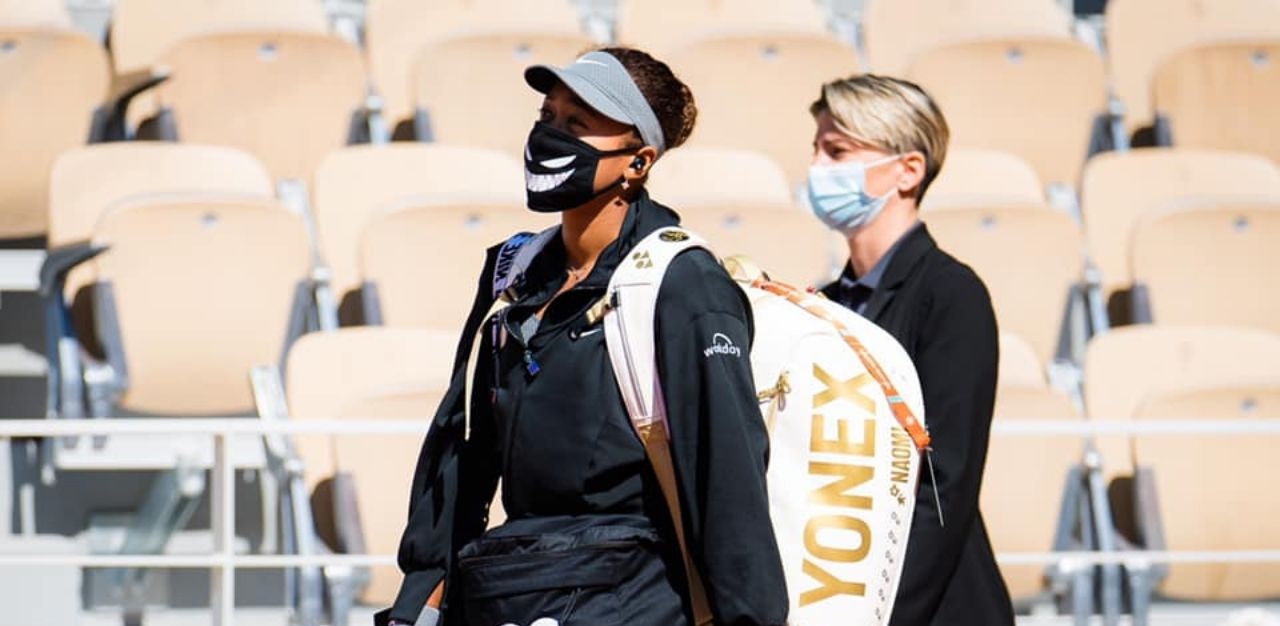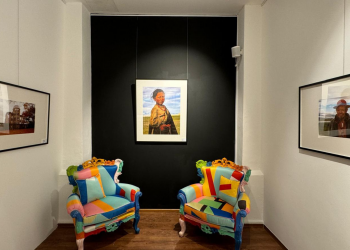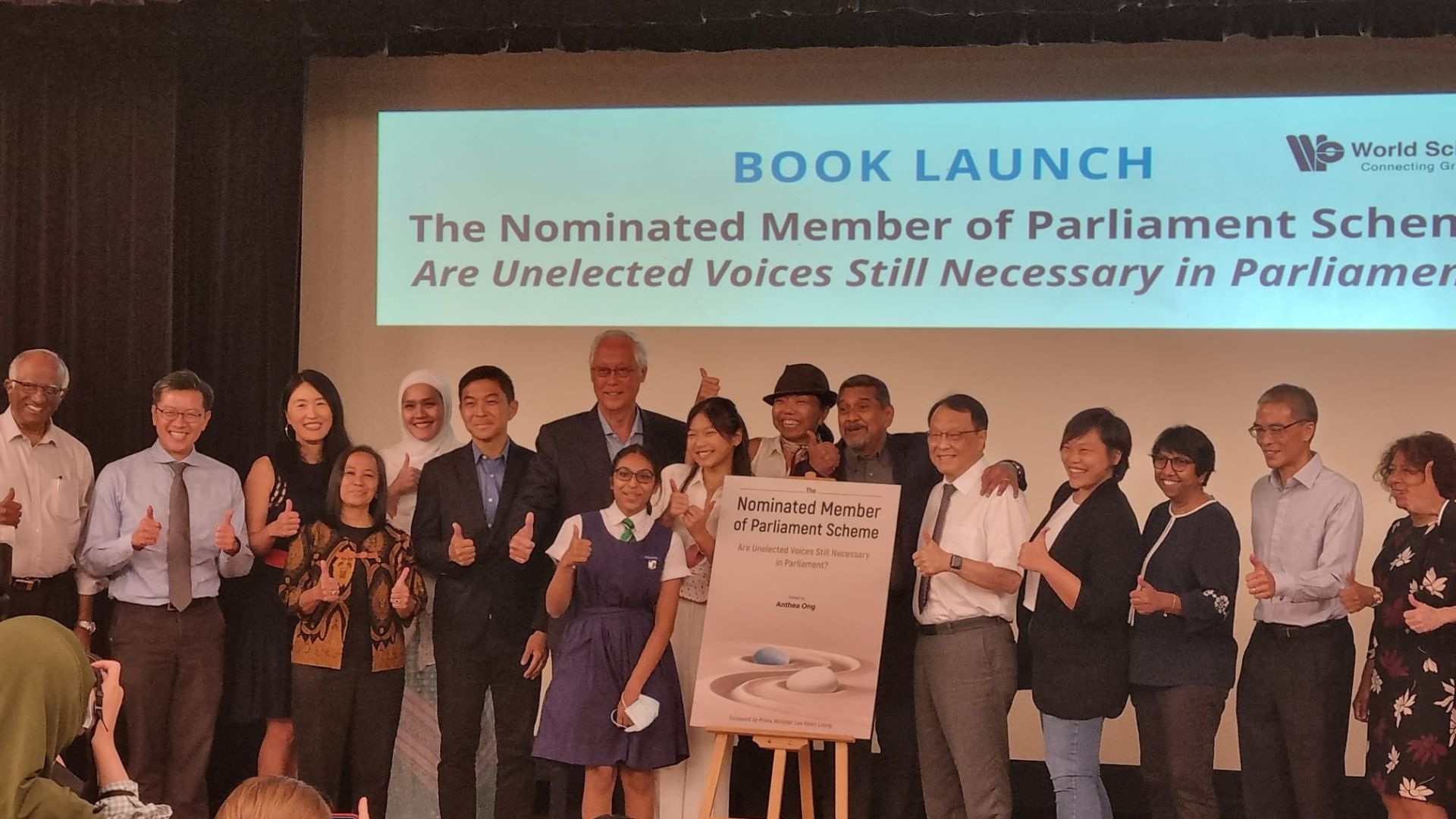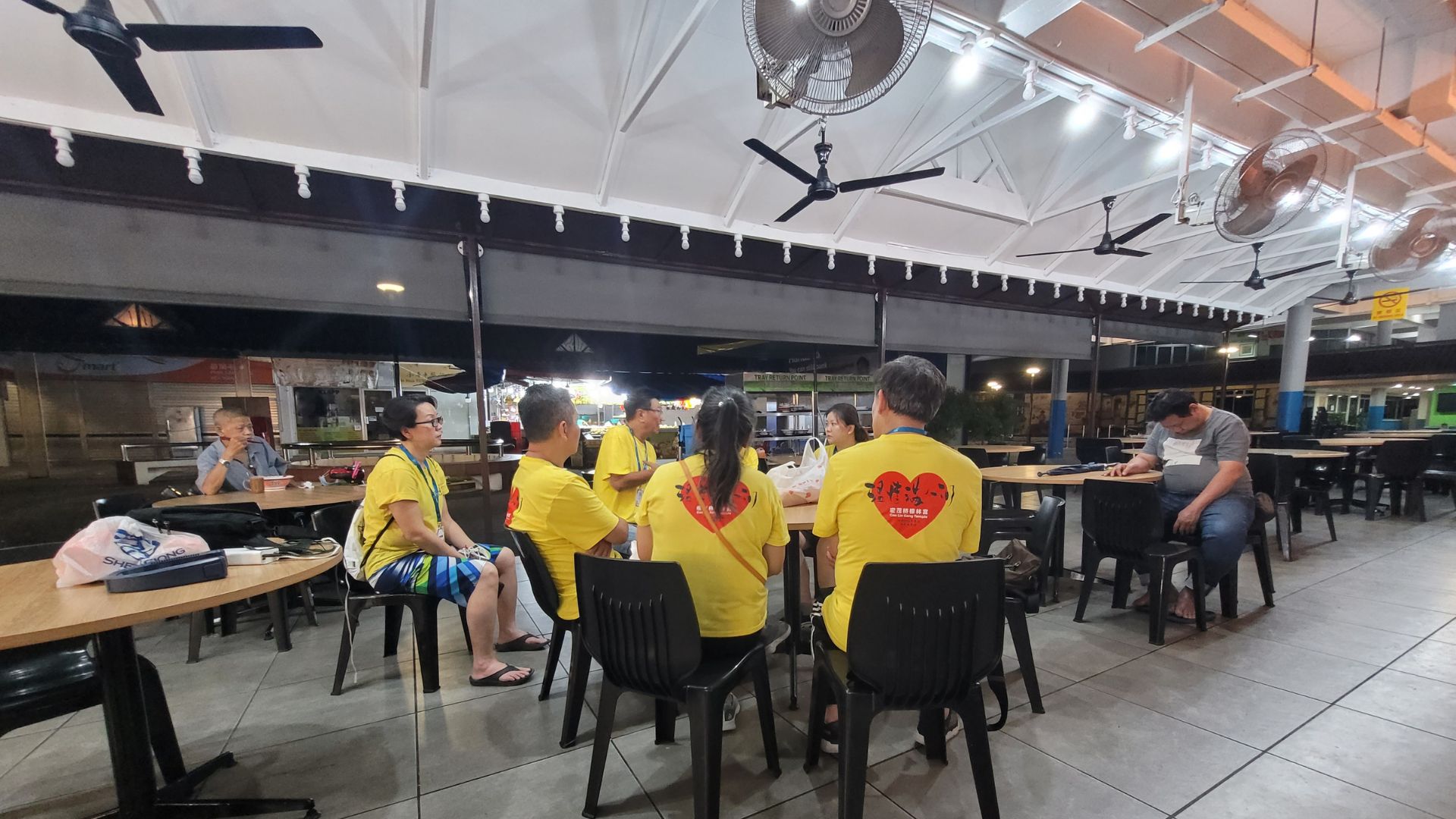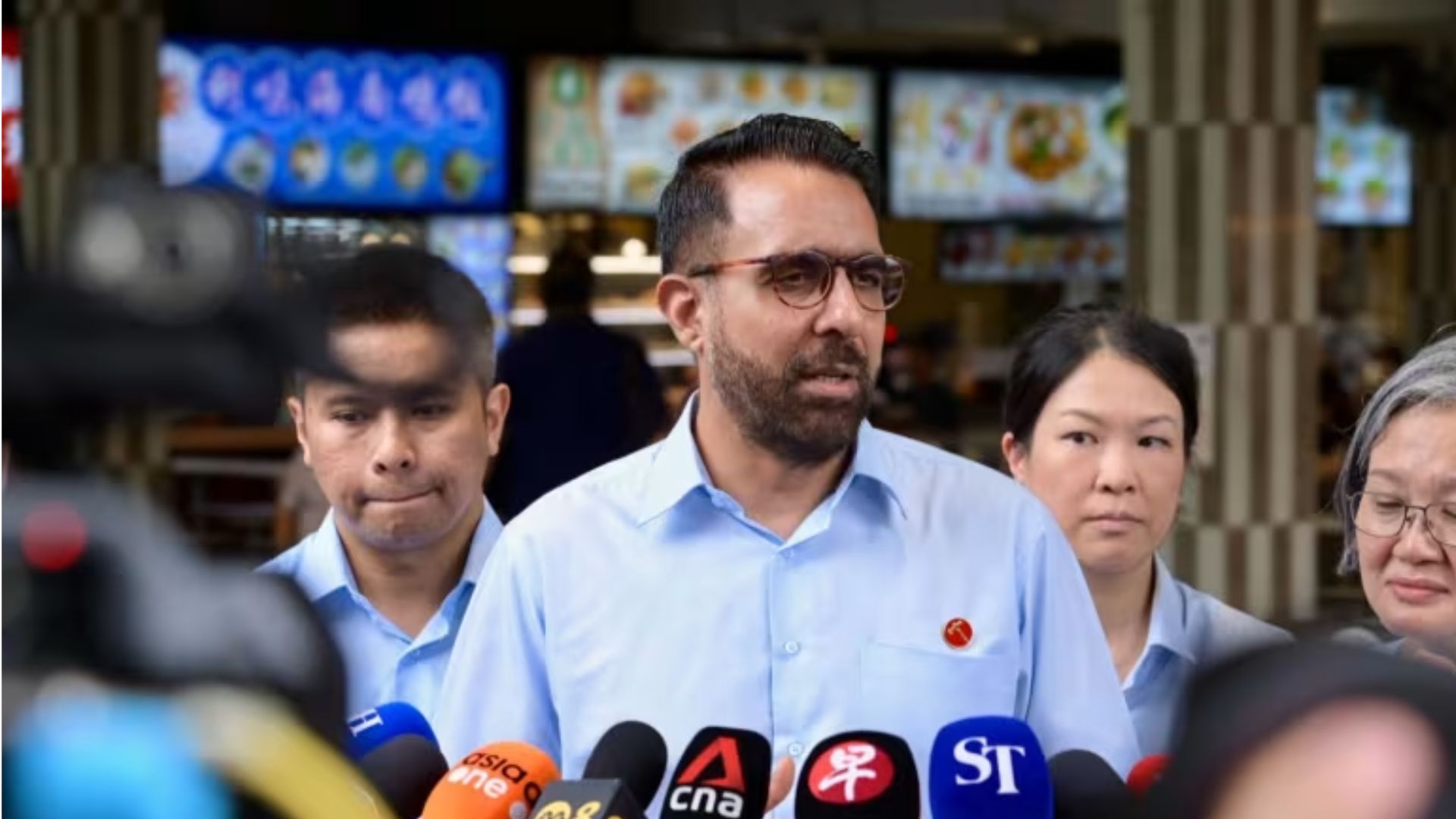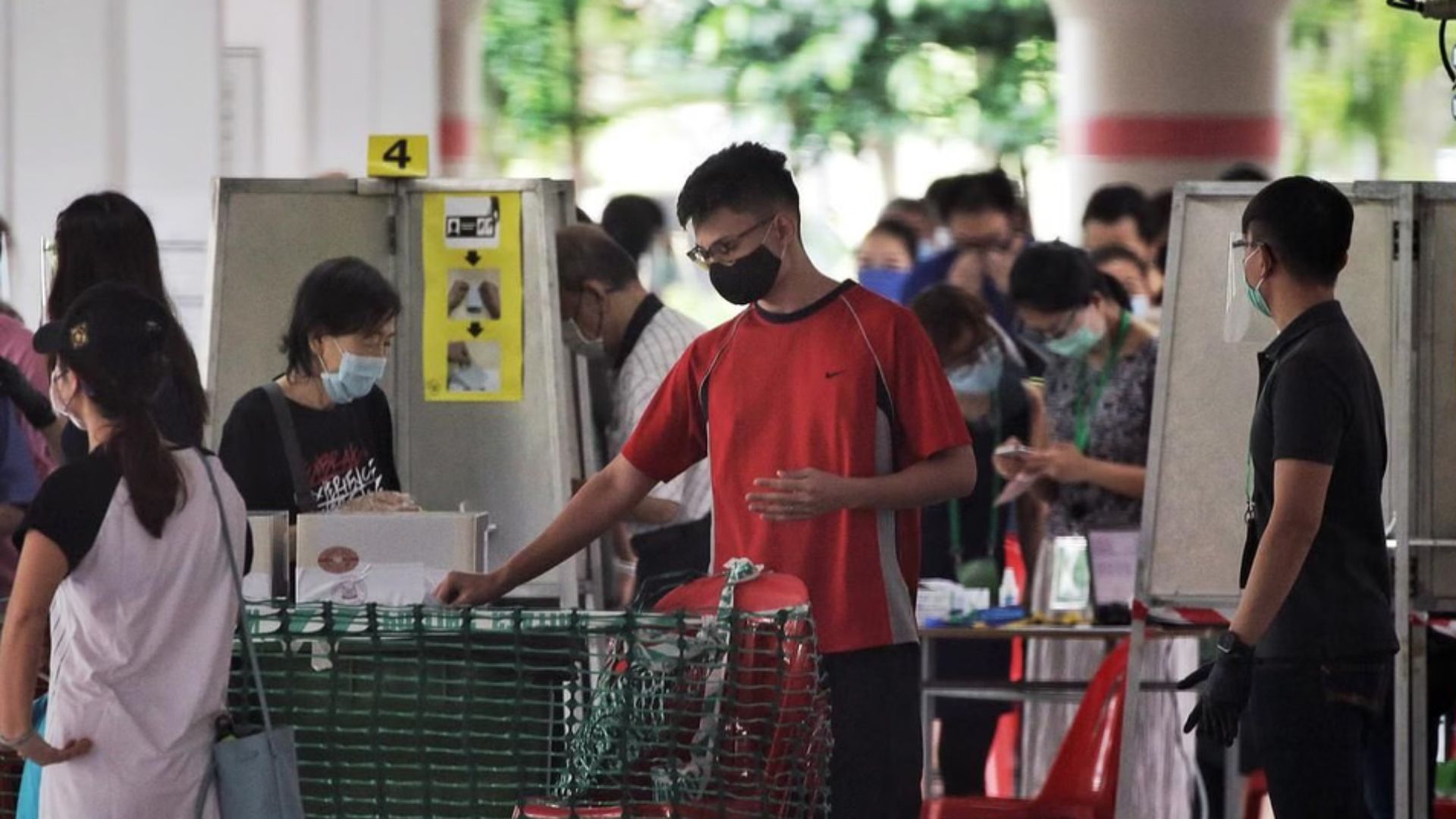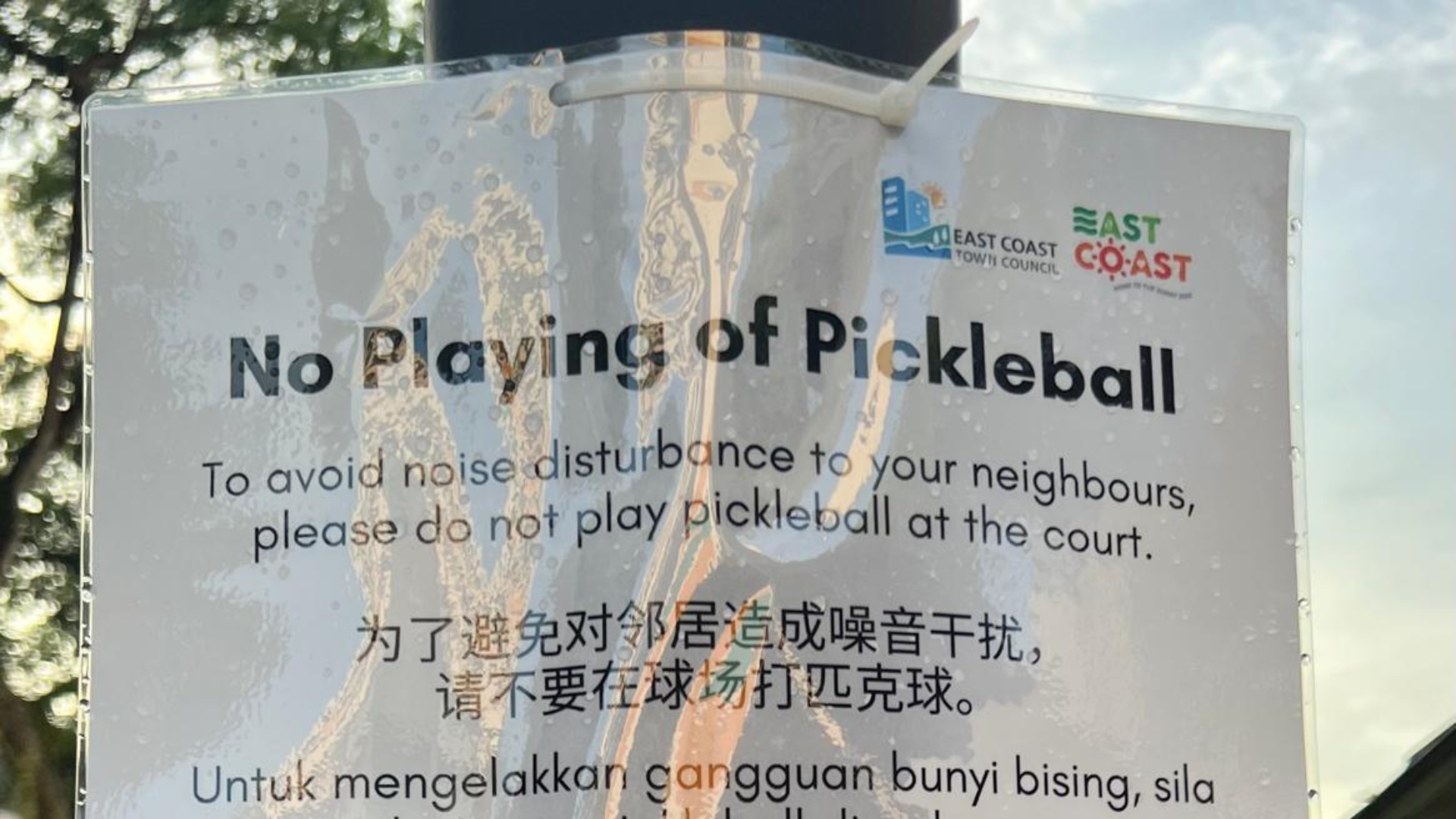In May, world number two tennis player Naomi Osaka shook the sporting world when she announced she was skipping her media engagements during the French Open, and subsequently withdrew from the competition, citing the need to protect her own mental health. Her actions took the world by surprise, and even as she faced a backlash, the world took sides, which beg the questions: Do athletes have an obligation to the media? Should their mental health take precedence over any such obligations? Should leeway be given in exceptional cases? TheHomeGround Asia seeks to answer these questions, and more.
Being an athlete today is not just about being good at your sport, if the debacle surrounding world number two tennis player Naomi Osaka is any indication. The 23-year-old, four-time Grand Slam winner, may have climbed up the ranks with her athletic prowess, but her decision to avoid the media spotlight inadvertently saw her stepping off the playing field. Osaka had cited her battle with depression and anxiety as reasons for taking time out. As of 16 June, she is still set to play at Wimbledon later this month.
Other stakeholders have weighed in on her decision. Rafael Nadal, a 13-time winner of the French Open, highlights the integral role of the press in garnering the public’s interest for tennis over the years, while French Tennis Federation President Gilles Moretton describes Osaka’s actions as a “phenomenal mistake”.
Closer to home, stakeholders in the sports industry acknowledge that the media provides value to athletes.
“I feel strongly that athletes have the responsibility to and must communicate with the media, because that’s the channel by which their personality, and all good things about them as an athlete is channelled through,” says sports psychologist Edgar Tham. “Media has a purpose in communicating the values and things important in sport; rags to riches stories, success stories. Those are important messages that we want the public to learn from.”
Many local athletes seem to accept the importance of facing the media, and feel “a responsibility to be ambassadors” of their sport and team, according to Dolly Lo, 53, whose youngest son is heading to the Olympics in Tokyo next month, representing Singapore in sailing, while her two older children were also competitive sailors.
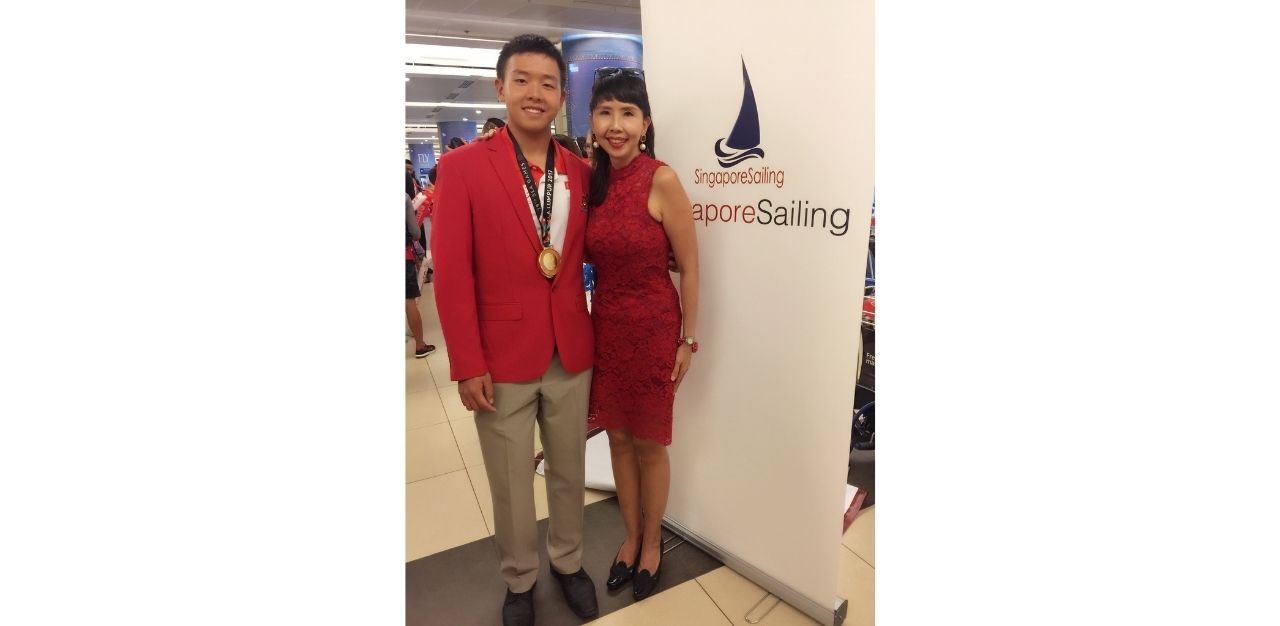
Ms Lo says: “If an athlete has a compelling story, and it is written about, do you know how inspiring and far-reaching its effects on people can be? We need more of these inspiring stories. A lot of [our athletes] have a wonderful story to tell, and they are very open to speaking with the media.”
ONE Championship fighter Amir Khan agrees: “Many high level athletes have this common thing; they want to influence the mass media or inspire. There’s a kind of intrinsic motivation behind just winning.”
But where does this leave athletes like Osaka, who may not share the same openness in speaking with the media, and whose interactions with the media may leave her worse for wear?
The downsides of media interaction
Osaka’s personality may have played a role, suggests Mr Tham.
“Her personality is a bit more introverted,” he muses. “Some people handle the media well, some people cannot.”

Mr Khan is one such example; having been fighting professionally since 2014, he is no stranger to interviews. Holding the current title of having the most knockouts in ONE history, and being an athlete living with Tourette’s syndrome (a neurological disorder characterised by involuntary tics and muscle spasms) has seen him featured in numerous media appearances, beyond the usual pre- and post-match interviews.
Today, the man TheHomeGround Asia speaks to appears completely at ease with being interviewed. He answers each question readily, with no hint of hesitation or uncertainty.
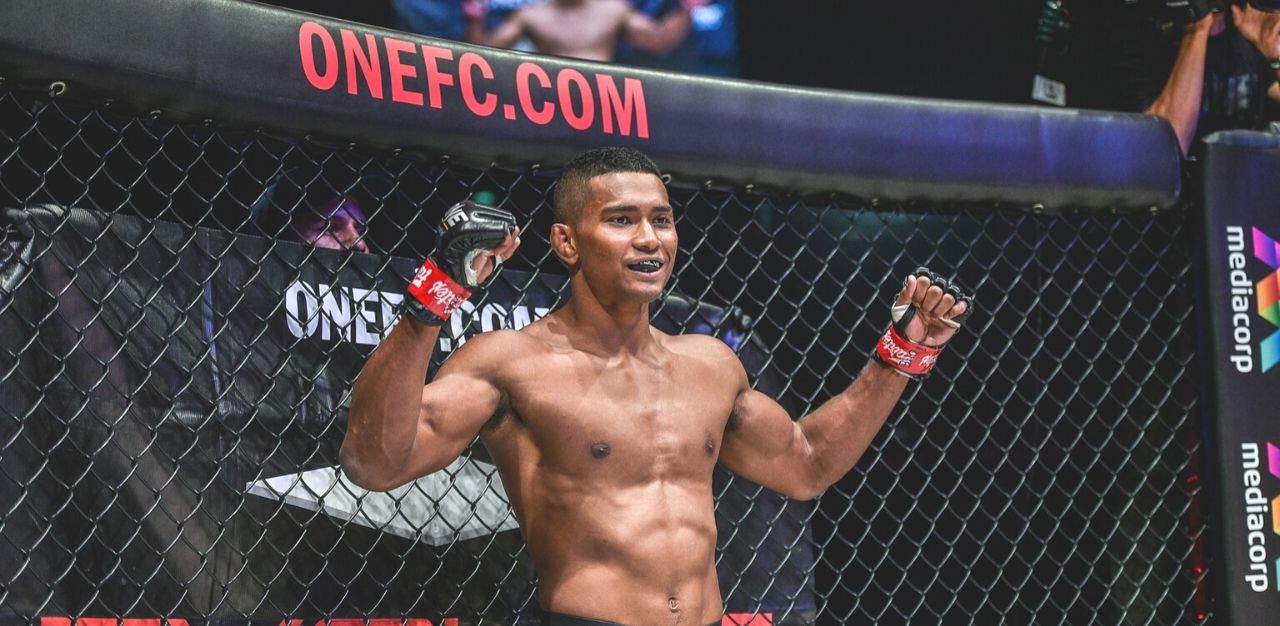
But, he reveals, the confident persona he adopts today is a far cry from the past.
“Growing up with Tourette’s, I was not sure if I was comfortable with [talking about it]. It’s highlighting my past, and my weaknesses,” he explains.
“Initially, it was really difficult for me,” he recounts. “Naturally, I’m introverted, and prior to that, I didn’t have any media training… I would stutter a lot. I was scared to death every time there’s a camera in front of me, or someone was asking me questions.”
While he believes that these past blunders with the media did not directly affect his sports performance, he recognises that it might have impacted less tangible factors: “It can affect the brand of the fighter. If I come across more confident, my opponent will think I’m more confident to fight, kind of to play some psychological effect on my opponents.”
He adds that faltering during a post-fight interview can influence his feelings as well: “It affected the sweetness of the victory… You’re happy you made a win but sometimes, you want to leave a statement.”
Still, the fighter recognises that it is part and parcel of his role, and actively works on his communication skills by reading more, and initiating more conversations in his daily life. Nevertheless, he says that speaking to the media does have its potential pitfalls.
“Definitely, the media is a distraction, because it’s something you have to worry about other than preparing for competition,” he says. “Sometimes, the media likes to ask probing questions, [but as athletes], we want to be emotionless.”
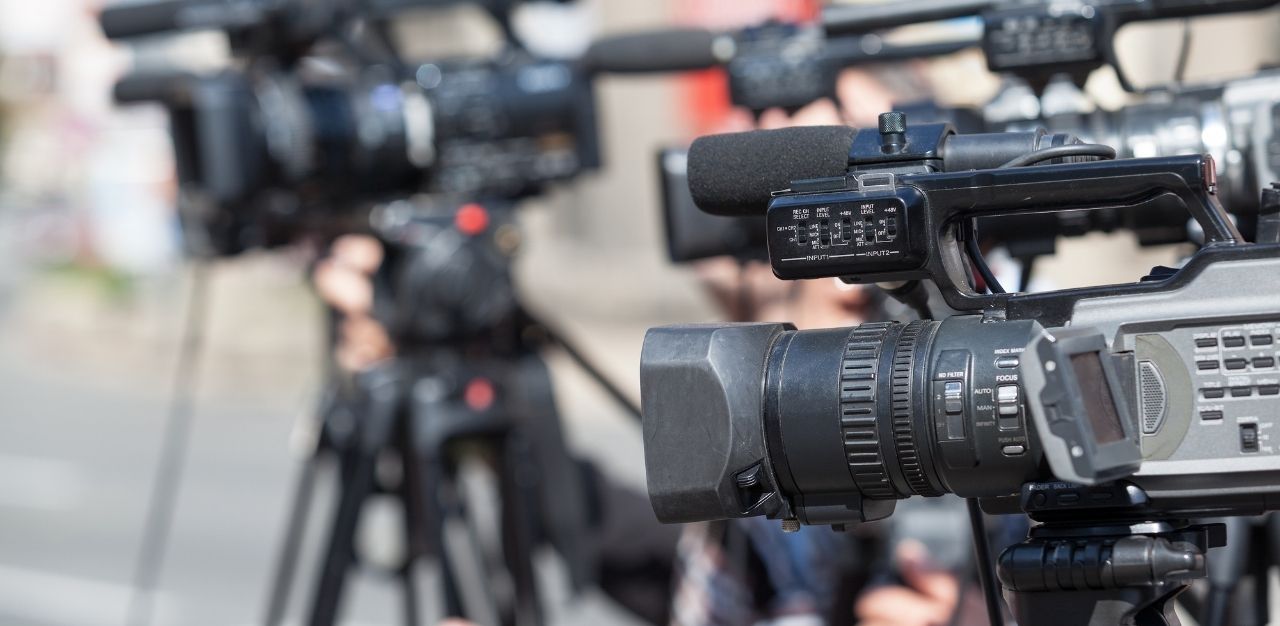
Mr Tham shares: “Sometimes, what [the media] say might put pressure on the athletes. The questions that the media always asks, like ‘How do you think you will do?’, or ‘Who will win?’… the athletes cannot think like that.
“From a psychological standpoint, that’s what we call ‘outcome thinking’, and that sabotages an athlete’s preparation.”
Ms Lo emphasises that media interactions are a “double-edged sword”.
Even when athletes are open, she thinks that it is up the media to “catch the gist and nuances” of what the athlete is saying: “Rather than package it in a way that is not what the athlete intended. If we’re not careful, you can actually devastate them.”
A two-way street
Both athletes and the media need to establish a common ground, asserts Mr Tham. Both parties can stand to benefit from each other but boundaries need to be established, he says.
He explains: “Media needs to understand that athletes need that space and time to prepare themselves… Sometimes, asking the wrong questions gets athletes doubting themselves, and I’ve seen athletes break down in the competition because of that.”
Appealing to the media, he asks that they avoid questions about winning medals and try to understand the psychology of athletes: “They need to switch mindsets [before competing]. While you want to talk about winning, can. But do it at a time when they are ready to talk about it, not when they are just about to walk into the arena and compete. You are distracting them.”
“Not everyone is like Serena Williams” who is more extroverted and gung-ho, he notes. Rather, players like Osaka are “a bit more shy, quiet” and while “she is a good player”, the media must understand that she probably “cannot handle” the scrutiny as well.
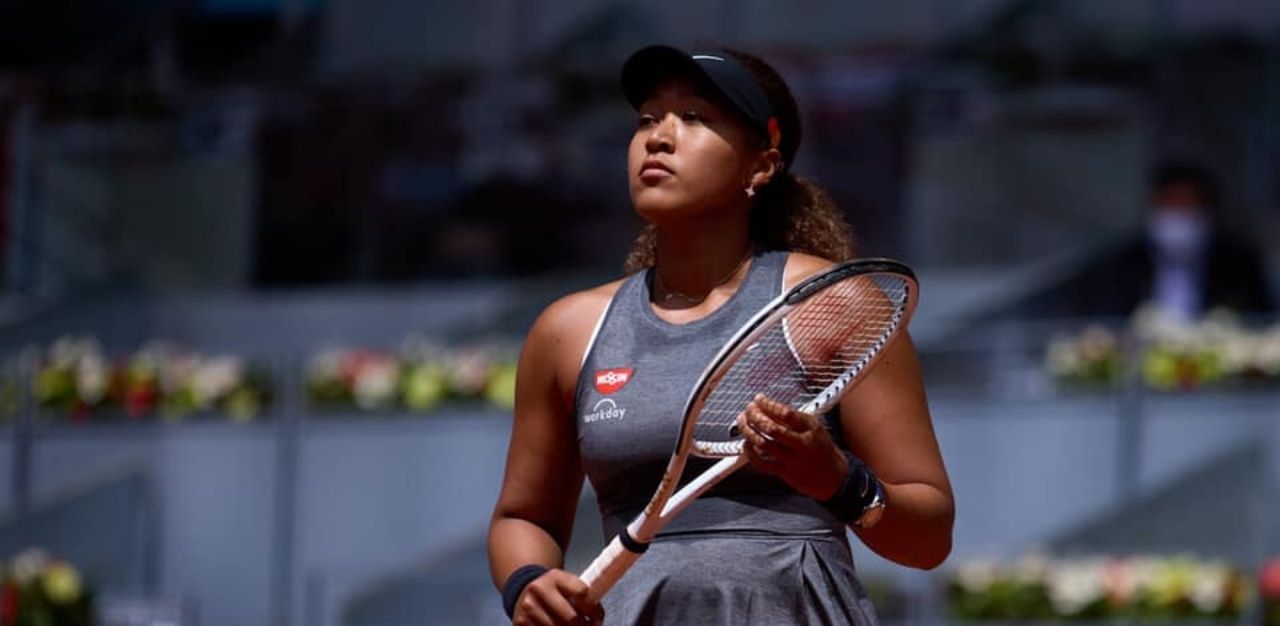
Meanwhile, Mr Khan suggests that it will do athletes good to go through formal media training to mentally prepare for various scenarios.
“Athletes can train how they [react]… so even if the interviewer asks them some personal question, they answer, get their job done, and it’s not gonna affect them… Put them in role-playing scenarios… [teach them] how to deflect questions,” he suggests.
Mr Tham floats the idea of inviting the media to explain to athletes, coaches and officials “how media works, and what they like to see in communication”, on top of creating mock interviews for the athletes, to help them desensitise in such interactions.
And while the media serves as a conduit between athletes and the public, Ms Lo underscores that the public, too, can forge a hospitable environment for athletes to thrive in.
“What kind of society do we want to be?” she questions. “Are we a society that encourages or do we just want to nitpick? When society keeps focusing on the outcome, then very often, the athletes will become stressed (which affects their performance).
“After so many years, [the athlete] is still waking up at 5am, going to the track or going to the pool or going to the waters to train, so that they can be better.
“Try to put yourself in their shoes,” Ms Lo requests. “Know that they are human, just like you and I.”
Join the conversations on TheHomeGround Asia’s Facebook and Instagram, and get the latest updates via Telegram.
